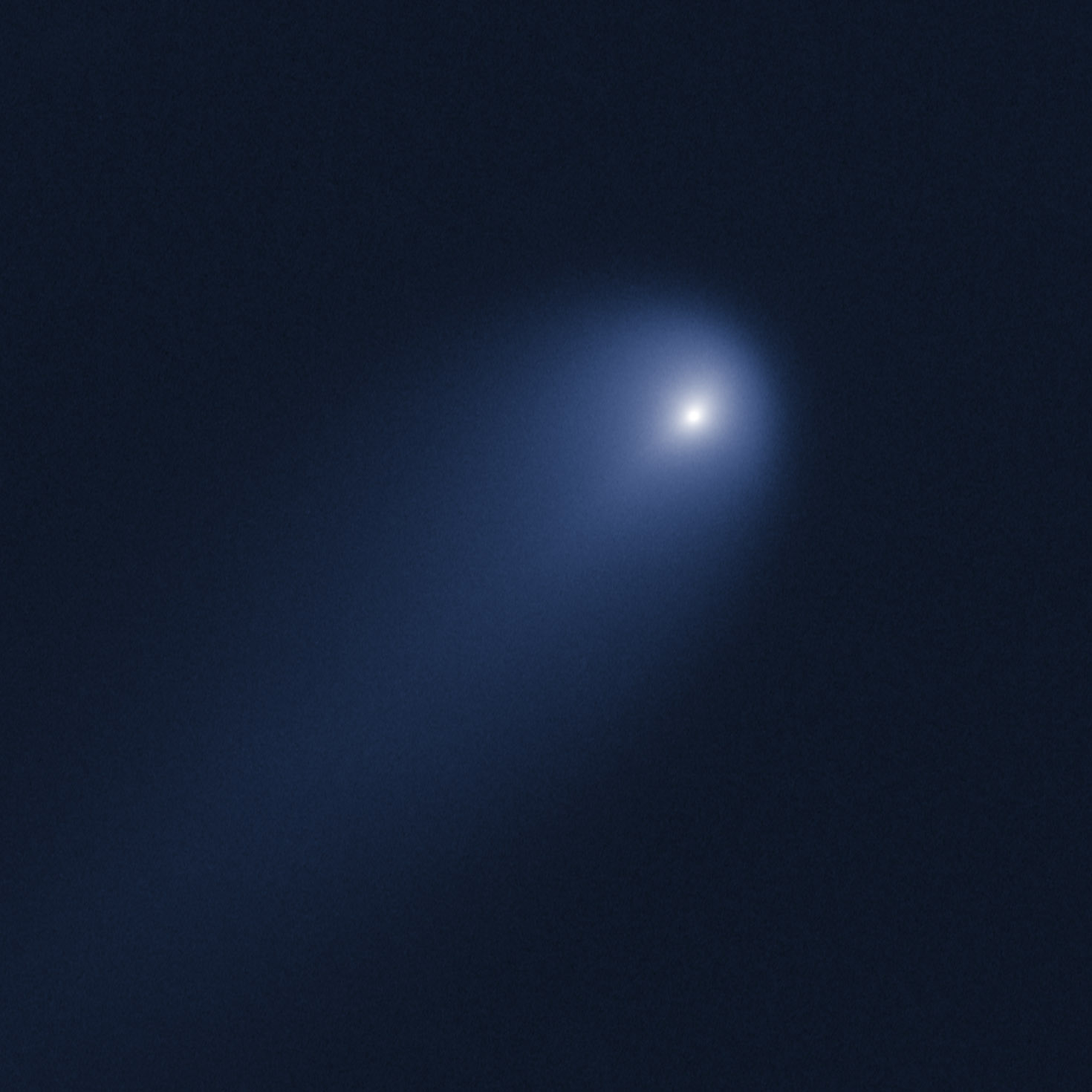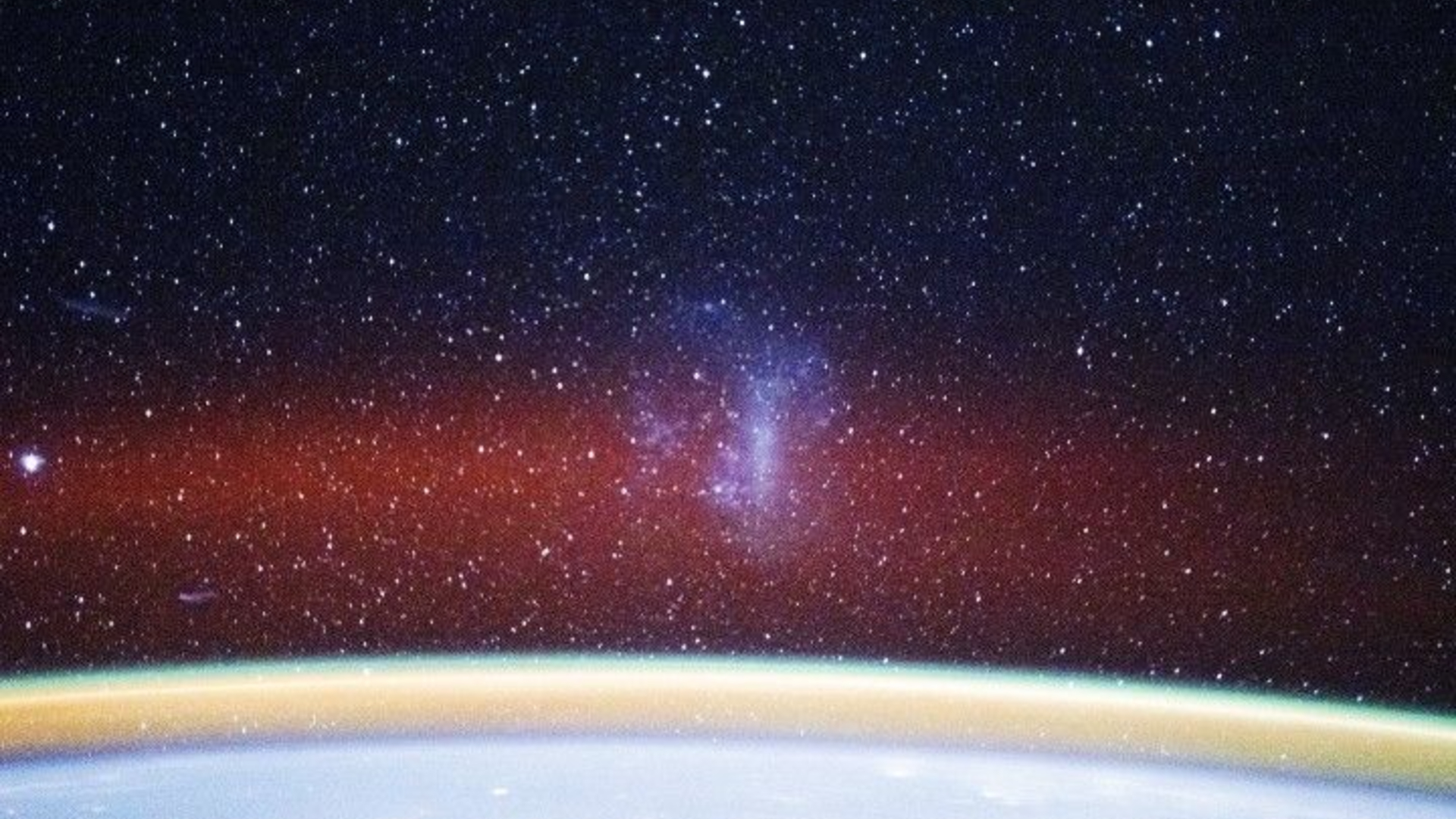'Comet of the Century': Comet ISON Stars in Mother's Day Webcast Today

An incoming comet that some scientists say could potentially become the "comet of the century" later this year has captivated skywatchers around the world, and you can see live views of the comet today (May 12) in a Mother's Day webcast.
Comet ISON, first discovered in September 2012, is expected to be at its best and brightest in late November, but the online skywatching website Slooh Space Camera will offer live views of the comet in a 30-minute webcast beginning at 5 p.m. EDT (2100 GMT).
You can watch the Mother's Day Comet ISON webcast live on SPACE.com, courtesy of Slooh Space Camera. [See the latest amazing photos of Comet ISON]
The Slooh Space Camera, like SPACE.com, NASA and scientists around the world, has been tracking Comet ISON's progress as it makes its way into the inner solar system. Today's webcast is Slooh's third update on ISON in as many months.
As of mid-April, the comet was inside the orbit of Jupiter and closing on the sun. On April 10, the Hubble Space Telescope snapped photos of Comet ISON as when it was 386 million miles (621 million kilometers) from the sun and 394 million miles (634 million kilometers) from Earth.
Comet ISON has scientists buzzing because it could become one of the brightest comets in decades when it swings close by the sun on Nov. 28. During that close encounter, the comet will be just 730,000 miles (1.2 million km) from the sun's surface.
During today's webcast, Slooh officials will provide live views of Comet ISON using remotely operated telescopes in the Canary Islands, off the west coast of Africa. Slooh producer Paul Cox will host the webcast and will be joined by senior space scientist Padma Yanamandra-Fisher of the Space Science Institute in Boulder, Colo., who is helping coordinate NASA's Comet ISON Observing Campaign to track the icy wanderer.
Breaking space news, the latest updates on rocket launches, skywatching events and more!
You can also follow the Slooh webcast directly using Slooh's iPad app or the Slooh website: http://www.slooh.com.
Comet ISON was first spotted by Russian amateur astronomers Artyom Novichonok and Vitali Nevski and is officially known as comet C/2012 S1 (ISON). Its nucleus is estimated to be about 3 miles (5 km) across and as of April the comet's dusty tail was an amazing 57,000 miles (92,000 km) long.
Comet ISON is not the only celestial treat in the sky for Mother's Day. Tonight, Jupiter will appear near the moon for skywatchers with clear weather.
Jupiter will appear as a bright light to the right of a slender crescent moon in the northwest night sky during the early evening hours. The moon is just three days past its "new" phase, so will be only 8 percent illuminated. Jupiter will be about 5 degrees to the right of the moon (your closed fist held at arm's length covers about 10 degrees of the night sky).
You can learn more on how to see Jupiter and the moon on Mother's Day here.
Editor's note: If you have an amazing picture of Comet ISON or any other night sky view that you'd like to share for a possible story or image gallery, send photos, comments and your name and location to managing editor Tariq Malik at spacephotos@space.com.
Email Tariq Malik at tmalik@space.com or follow him @tariqjmalikand Google+. Follow us @Spacedotcom, Facebookand Google+. Original article on SPACE.com.

Tariq is the award-winning Editor-in-Chief of Space.com and joined the team in 2001. He covers human spaceflight, as well as skywatching and entertainment. He became Space.com's Editor-in-Chief in 2019. Before joining Space.com, Tariq was a staff reporter for The Los Angeles Times covering education and city beats in La Habra, Fullerton and Huntington Beach. He's a recipient of the 2022 Harry Kolcum Award for excellence in space reporting and the 2025 Space Pioneer Award from the National Space Society. He is an Eagle Scout and Space Camp alum with journalism degrees from the USC and NYU. You can find Tariq at Space.com and as the co-host to the This Week In Space podcast on the TWiT network. To see his latest project, you can follow Tariq on Twitter @tariqjmalik.

